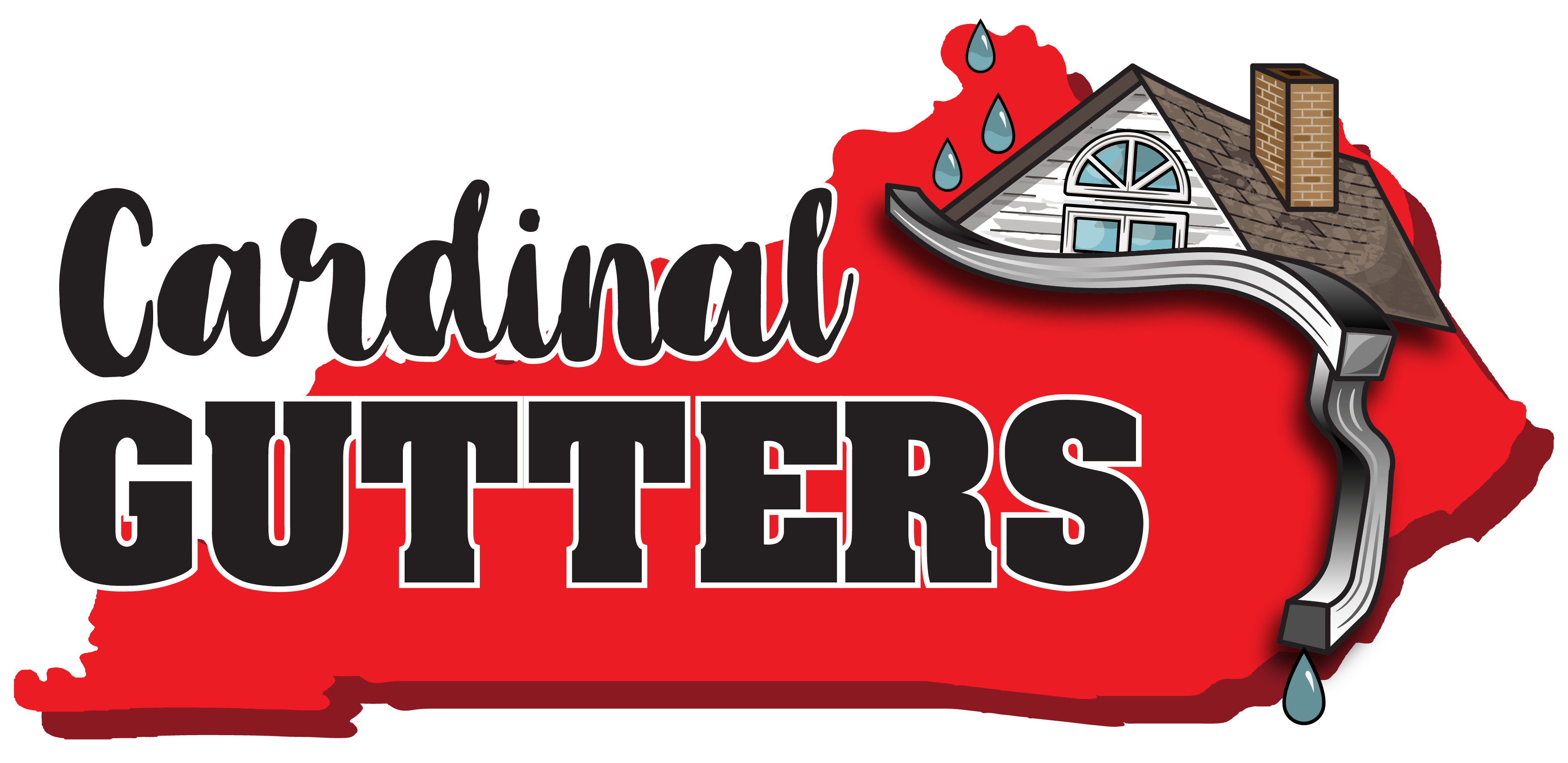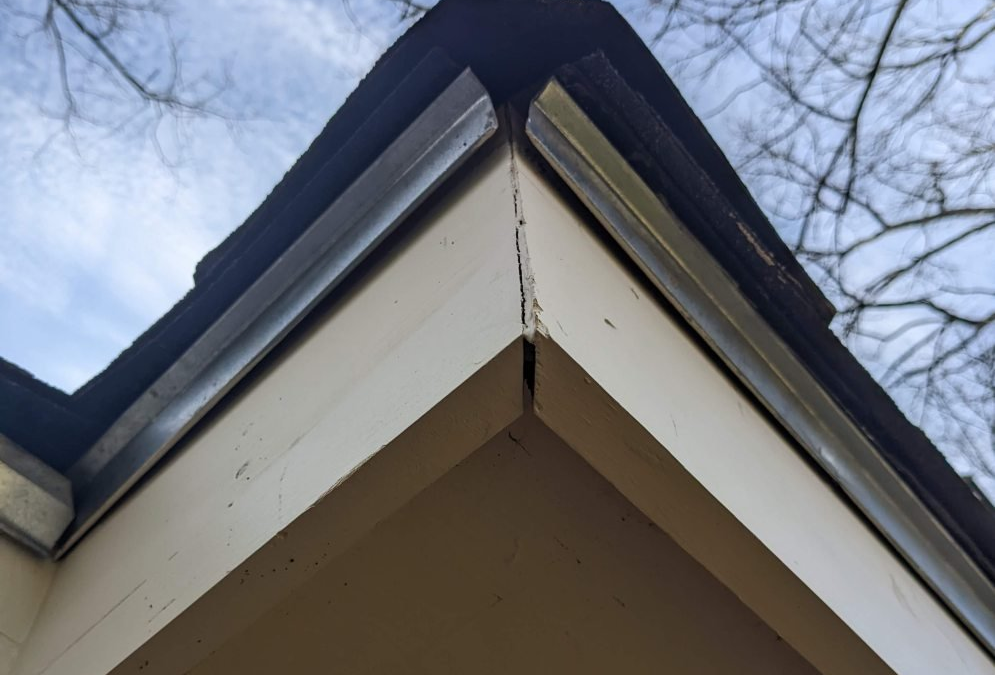When it comes to maintaining your home in Louisville, KY, rainwater management should be a top priority. With the frequent rains in the region, having a robust and well-maintained gutter system is vital to protect your home from water damage. At Cardinal Gutters, we emphasize understanding every aspect of your gutter system, including the often-overlooked gutter drip edge. This essential component plays a key role in preventing costly damage to your roof, fascia, and foundation. In this guide, we’ll delve into the importance of gutter drip edges, how they work, and why every home in Louisville needs them.
What is a Gutter Drip Edge?
A gutter drip edge is a thin strip of metal that is installed along the edges of your roof. While simple in design, its function is critical: it ensures that water flows directly into the gutters and away from your home’s vulnerable areas, such as the fascia and roof decking. By preventing water from seeping under the shingles or dripping behind the gutters, the drip edge acts as a protective barrier against water damage.
Why is a Gutter Drip Edge Important for Louisville Homes?
Louisville experiences frequent rain and seasonal storms, making water management a critical concern for homeowners. A properly installed drip edge provides several key benefits:
- Fascia Protection: The fascia, the board behind the gutters, is vulnerable to rot if exposed to water over time. A drip edge prevents this by directing water into the gutters.
- Prevents Roof Damage: Without a drip edge, water can seep under the shingles, causing the roof deck to warp, rot, or develop leaks.
- Enhances Gutter Efficiency: A drip edge ensures that rainwater flows smoothly into the gutters, preventing overflow and reducing wear and tear on your gutter system.
- Prolongs Roof Lifespan: By minimizing water intrusion, a drip edge extends the longevity of your roof and reduces the need for costly repairs.
Materials Used in Gutter Drip Edges
Drip edges come in a variety of materials, each offering unique advantages:
- Aluminum: Lightweight, rust-resistant, and cost-effective, aluminum is a popular choice for drip edges in Louisville homes.
- Galvanized Steel: Durable and strong, this material is ideal for homes exposed to heavy rain and wind.
- Copper: Offering a premium look, copper is both aesthetically pleasing and highly durable, though it comes with a higher price tag.
Each material has its pros and cons, so choosing the right one depends on your home’s specific needs, budget, and style preferences.
Types of Gutter Drip Edges
There are three main types of drip edges to consider:
- Type C (L-Shaped)
- The most common design, featuring a simple “L” shape that fits under shingles and over the fascia.
- Type D (T-Shaped)
- This style curves outward, directing water further away from the roofline and providing extra protection for the fascia and soffit.
- Type F (Gutter Apron)
- Ideal for older roofs or those with extended shingles, this type provides added coverage and ensures proper water flow into the gutters.
How Does a Gutter Drip Edge Work?
A gutter drip edge is installed at the edge of the roof, extending slightly beyond the fascia and overlapping the gutter. When rain falls, the drip edge directs water away from the roof decking and into the gutter system. This prevents water from pooling on the fascia or seeping beneath the shingles, where it can cause long-term damage. By channeling water effectively, the drip edge works in tandem with your gutters to protect your home from moisture-related issues.
What Happens Without a Drip Edge?
Without a drip edge, your home is more susceptible to water damage, especially in areas with frequent rainfall like Louisville. Common issues include:
- Rotting Fascia and Soffit: Prolonged water exposure can weaken these critical structural elements, leading to costly repairs.
- Roof Deck Deterioration: Moisture can seep under shingles and cause the roof deck to warp, rot, or even collapse in extreme cases.
- Foundation Problems: Water that drips behind the gutters can pool around your home’s foundation, increasing the risk of cracks or basement flooding.
- Mold and Mildew: Excess moisture encourages the growth of mold, which can compromise indoor air quality and the structural integrity of your home.
When Should You Install or Replace a Gutter Drip Edge?
The best time to install a drip edge is during a roof replacement or major roof repair. This ensures the drip edge is properly integrated with the new roofing materials. However, if your home shows signs of water damage—such as peeling paint, rotting fascia, or roof leaks—it may be time to retrofit a drip edge. Regular roof and gutter inspections can help identify when a replacement or new installation is necessary.
Benefits of a Gutter Drip Edge
The benefits of installing a drip edge extend beyond immediate water redirection. A drip edge:
- Enhances the overall durability of your roof and gutter system.
- Prevents costly repairs by mitigating water damage.
- Improves your home’s aesthetic with a clean, finished roofline.
- Helps maintain compliance with modern building codes, which often require drip edges for new construction.
Cardinal Gutters: Louisville’s Trusted Gutter Experts
At Cardinal Gutters, we are passionate about helping Louisville homeowners understand the components of their gutter systems. The drip edge might seem like a minor feature, but its role in preventing water damage is invaluable. By protecting your roof, fascia, and foundation, a properly installed drip edge helps ensure your home remains safe and secure during Kentucky’s rainy seasons.
Conclusion
A gutter drip edge may be a small piece of metal, but its impact on your home’s protection is enormous. By guiding water into your gutters and away from vulnerable areas, the drip edge ensures that your roof, fascia, and foundation remain in excellent condition. Whether you’re upgrading your gutter system, replacing your roof, or addressing water damage, understanding the role of the drip edge is crucial for making informed decisions.
Cardinal Gutters is proud to serve Louisville, KY, homeowners with the knowledge and insights they need to protect their homes from water damage. By taking the time to learn about your gutter system, you’re taking the first step toward a safer, more durable home.

